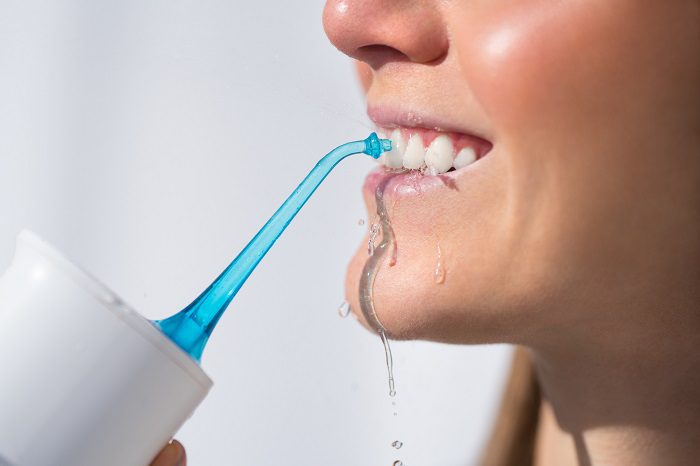You know that brushing your teeth and flossing are crucial steps to your oral hygiene routine. If you do not floss properly, plaque and other harmful residues will linger between your teeth and hurt your dental structure. You could see a higher risk of cavities if this occurs.
Traditional string floss will assist you in removing this plaque effectively. But you can see more targeted results if you use a water flosser. This oral hygiene tool generates a stream of irrigated water that you aim at your smile to spray away plaque build-up.
Knowing how to use this appliance will ensure you maximize the oral health benefits of this tool. Read on to find tips to ensure you use your water flosser in the most optimal way to remove build-up between your teeth.

Choose a Setting That Works for You
Your water flosser can come with several settings that you can interchange to suit your specific dental needs. For instance, you can swap out the tips of the flosser where the water comes out depending on your oral health goals. You can use the standard tip, one designed for patients with orthodontics or other fixed oral appliances, and a tip made to target the pockets of the gums for a more thorough cleaning.
The water flosser can also have several pressure settings that control the speed and power of the water coming from the tip. Start with a low-pressure setting to know how the flosser feels in your smile. Then adjust the pressure to your comfort level.
Move Your Water Flosser with Purpose
To ensure you get your teeth properly clean with your water flosser, you will need to maneuver this tool through your mouth with purpose. Just spraying the water in your mouth without care will not remove plaque where needed.
Consider using your flosser in front of a mirror to better be able to aim the water and see where you clean your smile. Start with the back teeth and work your way toward the front of your mouth. Move the stream around the edges of your teeth, especially near the gumline.
Clean both the front and back of the teeth as well as between teeth. This will remove stubborn plaque that your toothbrush may have trouble accessing. Ensure you use your water flosser in conjunction with brushing your teeth to maximize your oral hygiene process. This is not a replacement for teeth brushing or attending routine dental cleanings at your dentist’s office.
You might notice that using a water flosser can get messy. Water can easily spray all over the room if you are not careful with this hygienic tool.
When you use the flosser, lean forward over a sink. Keep the tip of the flosser close to your lips. Allow the water to flow over your lips and into the sink. You might also benefit from a cordless water flosser that you can use in the shower. If you have questions about how this tool can impact your unique smile, call your dentist.
